
The Channel Islands are an eight-island archipelago located within the Southern California Bight in the Pacific Ocean, off the coast of California. They define the Santa Barbara Channel, which sits between the islands and the Californian mainland. The four Northern Channel Islands are part of the Transverse Ranges geologic province, and the four Southern Channel Islands are part of the Peninsular Ranges province. Five of the islands are within the Channel Islands National Park, and the waters surrounding these islands make up Channel Islands National Marine Sanctuary. The Nature Conservancy was instrumental in establishing the Channel Islands National Marine Sanctuary.

San Nicolas Island is the most remote of the Channel Islands, off of Southern California, 61 miles (98 km) from the nearest point on the mainland coast. It is part of Ventura County. The 14,562 acre island is currently controlled by the United States Navy and is used as a weapons testing and training facility, served by Naval Outlying Landing Field San Nicolas Island. The uninhabited island is defined by the United States Census Bureau as Block Group 9, Census Tract 36.04 of Ventura County, California. The Nicoleño Native American tribe inhabited the island until 1835. As of the 2000 U.S. Census, the island has since remained officially uninhabited, though the census estimates that at least 200 military and civilian personnel live on the island at any given time. The island has a small airport, though the 10,000 foot (3,000 m) runway is the second longest in Ventura County. Additionally, there are several buildings including telemetry reception antennas.
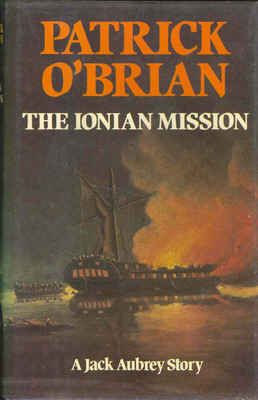
The Ionian Mission is the eighth historical novel in the Aubrey-Maturin series by Patrick O'Brian, first published in 1981. The story is set during the Napoleonic Wars.
Scott O'Dell was an American writer of 26 novels for young people, along with three novels for adults and four nonfiction books. He wrote historical fiction, primarily, including several children's novels about historical California and Mexico. For his contribution as a children's writer he received the biennial, international Hans Christian Andersen Award in 1972, the highest recognition available to creators of children's books. He received The University of Southern Mississippi Medallion in 1976 and the Catholic Libraries Association Regina Medal in 1978.
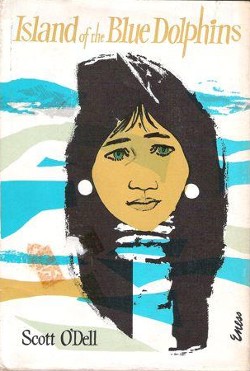
Island of the Blue Dolphins is a 1960 children's novel by American writer Scott O'Dell, which tells the story of a girl named Karana, who is stranded alone for years on an island off the California coast. It is based on the true story of Juana Maria, a Nicoleño Native American left alone for 18 years on San Nicolas Island during the 19th century.
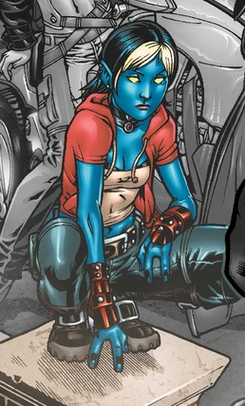
Nocturne is a fictional character appearing in American comic books published by Marvel Comics. The character is depicted as a member of the reality-hopping Exiles and formerly associated with New Excalibur.

The Witch of Blackbird Pond is a children's novel by American author Elizabeth George Speare, published in 1958. The story takes place in late 17th-century New England. It won the Newbery Medal in 1959.
Children of the Red King is a series of ten children's fantasy, school and adventure novels written by British author Jenny Nimmo, first published by Egmont 2002 to 2010. It is sometimes called "the Charlie Bone series" after its main character. A series of five books was announced in advance, completed in 2006, and sometimes the books were called the "Red King Quintet" until its continuation.

A castaway is a person who is cast adrift or ashore. While the situation usually happens after a shipwreck, some people voluntarily stay behind on a desert island, either to evade captors or the world in general. A person may also be left ashore as punishment (marooned).

Argentina Brunetti was an Argentine stage and film actress and writer.
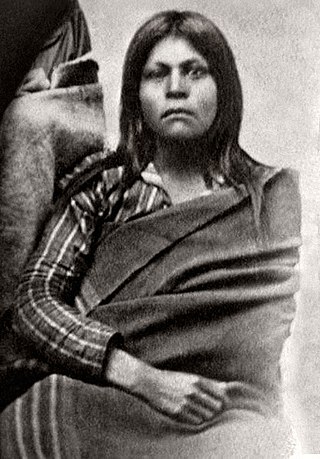
Juana Maria, better known to history as the Lone Woman of San Nicolas Island, was a Native Californian woman who was the last surviving member of her tribe, the Nicoleño. She lived alone on San Nicolas Island off the coast of Alta California from 1835 until her removal from the island in 1853. Scott O'Dell's award-winning children's novel Island of the Blue Dolphins (1960) was inspired by her story. She was the last native speaker of the Nicoleño language.

The Picts and the Martyrs is the eleventh book in Arthur Ransome's Swallows and Amazons series of children's books. It was published in 1943. This is the last completed book set in the Lake District and features the Blackett sisters, the Amazons and the Callum siblings, Dick and Dorothea, known as the Ds. Ransome's most native character, the Great Aunt also features prominently as do many aspects of Lakeland life. The Dog's Home is based on a small stone hut built in the woods above Coniston Water close to Ransome's then residence.
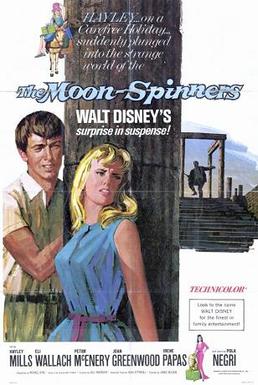
The Moon-Spinners is a 1964 American mystery film starring Hayley Mills, Eli Wallach and Peter McEnery in a story about a jewel thief hiding on the island of Crete. Produced by Walt Disney Productions, the film was loosely based upon a 1962 suspense novel by Mary Stewart and was directed by James Neilson. It featured the legendary silent film actress Pola Negri in her final screen performance.

The Nicoleño were an Uto-Aztecan people who lived on San Nicolas Island in California. Its population was "left devastated by a massacre in 1811 by sea otter hunters". Its last surviving member was given the name Juana Maria, who was born before 1811 and died in 1853.
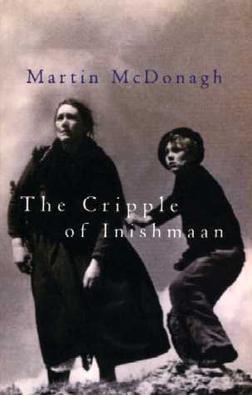
The Cripple of Inishmaan is a dark comedy by Martin McDonagh who links the story to the real life filming of the documentary Man of Aran.
George Nidever was an American mountain man, explorer, fur trapper, memoirist and sailor. In the 1830s he became one of the first wave of American settlers to move to Mexican California, where he made his living in fur trapping. In 1853 he led the expedition that rescued Juana Maria, the last member of the Nicoleño people, from San Nicolas Island where she had been living alone for eighteen years. Toward the end of his life Nidever wrote a memoir, Life and Adventures of George Nidever, which was popular at the end of the 19th century.
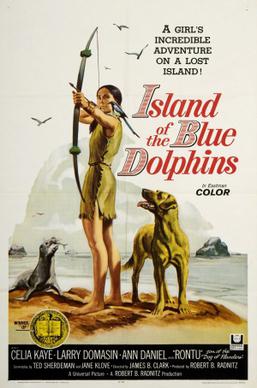
Island of the Blue Dolphins is a 1964 American adventure film directed by James B. Clark and written by Jane Klove and Ted Sherdeman. It is based on the 1960 novel Island of the Blue Dolphins by Scott O'Dell. The film stars Celia Kaye, Larry Domasin, Ann Daniel, Carlos Romero, George Kennedy and Hal John Norman. The film was released on July 3, 1964, by Universal Pictures.

Green Dolphin Street is a 1947 American historical drama disaster film directed by Victor Saville and starring Lana Turner, Van Heflin, and Donna Reed. It was produced by Carey Wilson. Based on the 1944 novel Green Dolphin Street by Elizabeth Goudge, it was released by Metro-Goldwyn-Mayer.
Princess Allura, known as Princess Farla in the original Japanese language Beast King GoLion, is a fictional character in the media franchise Voltron and member of the Voltron Force, who made her first appearance in Voltron.
Lydia was a US merchant ship that sailed on maritime fur trading ventures in the early 1800s. In December 1813 it was sold to the Russian–American Company and renamed Il'mena, also spelled Ilmena and Il'men'. As both Lydia and Il'mena it was involved in notable events. Today it is best known for its role in an 1814 massacre of the Nicoleño natives of San Nicolas Island, which ultimately resulted in one Nicoleño woman, known as Juana Maria, living alone on the island for many years. These events became the basis for Scott O'Dell's 1960 children's novel Island of the Blue Dolphins and the 1964 film adaptation Island of the Blue Dolphins.















